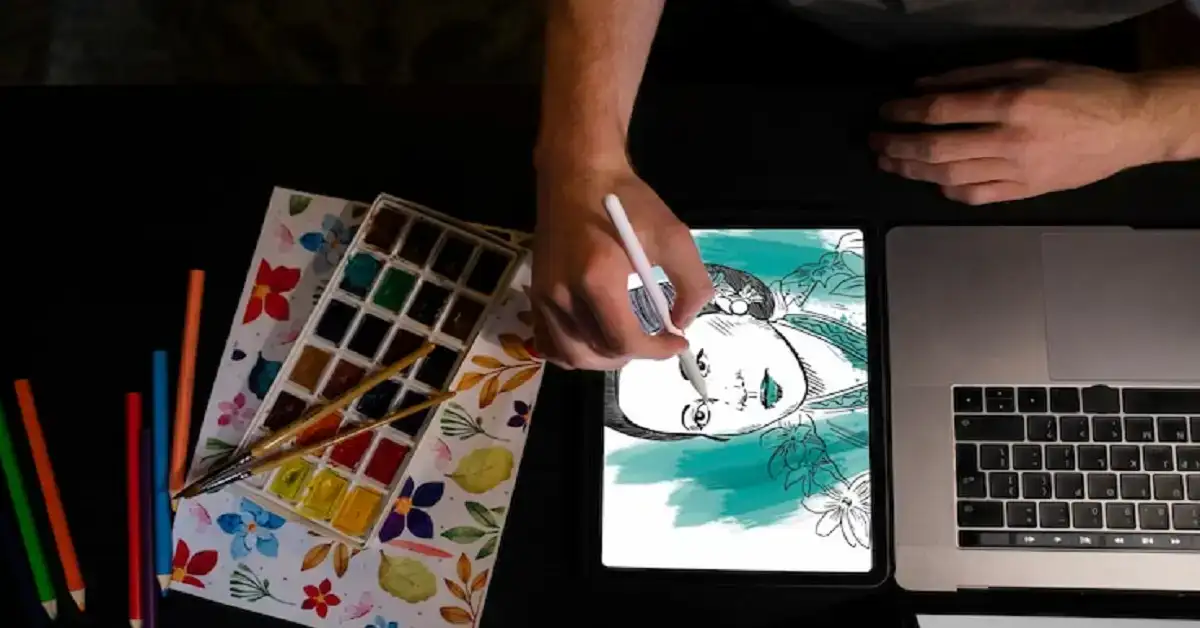The rise of artificial intelligence (AI) has transformed countless industries, and music creation is no exception. AI music generation, a cutting-edge technology that enables machines to compose original music, is revolutionizing how creators, businesses, and hobbyists approach sound design. From crafting personalized soundtracks for videos to producing full-fledged songs, AI music generation offers unprecedented accessibility, speed, and versatility. This article dives into what AI music generation is, how it works, its applications, and why it’s reshaping the creative landscape.
What Is AI Music Generation?
AI music generation refers to the process of using artificial intelligence algorithms to create music autonomously or with minimal human input. These systems analyze vast datasets of existing music—spanning genres, instruments, and styles—to learn patterns, structures, and harmonies. By processing this data, AI can generate original compositions tailored to user preferences, often based on simple text prompts, mood selections, or genre specifications.
Unlike traditional music production, which requires instruments, technical expertise, or expensive software, AI music generation democratizes creativity. Tools like Adobe Express’s GenreX add-on, Suno, and Soundraw allow anyone—regardless of musical background—to produce professional-quality tracks in seconds. Whether it’s a lo-fi beat for a podcast or a cinematic score for a short film, AI music generation makes high-quality audio accessible to all.
How Does AI Music Generation Work?
At its core, AI music generation relies on advanced machine learning models, particularly neural networks. Here’s a simplified look at the process:
- Training the Model: Developers feed the AI massive libraries of music, including melodies, rhythms, chord progressions, and vocals. The model learns to recognize patterns, such as the upbeat tempo of pop or the minor chords of classical ballads.
- User Input: Users provide instructions, often through text prompts (e.g., “jazzy saxophone for a noir film” or “upbeat EDM for a workout video”). Some platforms also allow users to select genres, moods, or durations.
- Generation: The AI processes the input and generates a unique track by combining learned patterns in creative ways. Advanced models ensure the output is cohesive and avoids sounding repetitive or generic.
- Refinement: Users can tweak the result by adjusting prompts, regenerating tracks, or editing elements like tempo or instrumentation within the platform.
- Integration: The final track can be downloaded or directly added to projects like videos, presentations, or games.
The entire process can take less than a minute, making AI music generation a game-changer for creators under tight deadlines.
Benefits of AI Music Generation
AI music generation offers a host of advantages that appeal to creators, businesses, and casual users alike:
- Accessibility: No musical training is required. Beginners can produce studio-quality tracks as easily as professionals, leveling the playing field.
- Speed: Traditional composition can take hours or days, but AI delivers results in seconds, ideal for fast-paced projects like social media content.
- Cost-Effective: Many platforms offer free or affordable access, eliminating the need for expensive studio time, session musicians, or royalty fees.
- Customization: AI allows users to tailor music to specific needs, from matching a video’s mood to aligning with a brand’s identity.
- Endless Variety: With the ability to generate countless tracks, users can explore diverse styles—pop, classical, hip-hop, ambient, and more—without limitations.
- Royalty-Free Options: Many AI-generated tracks are royalty-free, making them perfect for commercial use without legal hassles.
Applications of AI Music Generation
The versatility of AI music generation makes it valuable across industries and use cases. Here are some key applications:
- Content Creation: YouTubers, TikTokers, and podcasters use AI to create custom intros, outros, or background music that enhances engagement without breaking the bank.
- Film and Gaming: Indie filmmakers and game developers rely on AI to produce affordable, high-quality scores that rival traditional compositions.
- Advertising: Brands leverage AI to craft catchy jingles or mood-specific tracks that align with marketing campaigns.
- Personal Projects: Hobbyists create music for fun, whether it’s a wedding slideshow soundtrack or a playlist for relaxation.
- Education: Teachers use AI-generated music to make lessons interactive, adding audio to presentations or student projects.
- Live Performances: Some artists experiment with AI to generate backing tracks or live improvisations, blending human and machine creativity.
Popular AI Music Generation Tools
Several platforms have emerged as leaders in AI music generation, each with unique strengths:
- Adobe Express (GenreX): Integrated into Adobe’s content creation suite, this tool lets users generate music via text prompts and add it directly to videos or designs. The free plan makes it accessible for beginners.
- Suno: Known for generating full songs, including vocals, Suno excels at creating radio-ready tracks from simple descriptions.
- Soundraw: Focused on royalty-free music, Soundraw offers customizable tracks for creators needing background audio for commercial projects.
- AIVA: Popular among composers, AIVA generates orchestral and cinematic music, ideal for film and game scoring.
- Amper Music: A go-to for businesses, Amper produces tailored tracks for ads, apps, and corporate videos with an emphasis on ease of use.
These tools vary in features, pricing, and output quality, but all share a commitment to simplifying music creation.
Challenges and Considerations
While AI music generation is transformative, it’s not without challenges:
- Originality Concerns: Some worry that AI music lacks the emotional depth of human compositions or risks sounding derivative. However, advanced models are improving at creating unique outputs.
- Ethical Questions: The use of existing music to train AI raises questions about copyright and fair compensation for artists. Transparent platforms address this by ensuring ethical data practices.
- Learning Curve: While user-friendly, some tools require experimentation to master prompt-writing for optimal results.
- Usage Limits: Free plans often come with caps on track generation or exports, which may push users toward paid subscriptions for heavy use.
Despite these hurdles, ongoing advancements are addressing concerns, making AI music generation more reliable and ethical.
Tips for Maximizing AI Music Generation
To get the most out of AI music generation tools, consider these strategies:
- Craft Detailed Prompts: Instead of “happy music,” try “bright ukulele strums with a tropical vibe for a beach video.” Specificity improves results.
- Iterate and Refine: If the first track isn’t perfect, tweak your prompt or regenerate. Most platforms allow unlimited retries.
- Layer Tracks: Combine multiple AI-generated clips to create complex compositions, such as adding percussion to a piano melody.
- Test Across Genres: Don’t stick to one style—experiment with classical, electronic, or folk to discover what fits your project.
- Check Licensing: Ensure the generated music is royalty-free if used commercially, as terms vary by platform.
The Future of AI Music Generation
AI music generation is still in its early stages, but its potential is boundless. As algorithms grow smarter, we can expect features like real-time collaboration, where AI and humans co-create live, or hyper-personalized music tailored to individual listener preferences. Integration with virtual reality and gaming could lead to dynamic soundtracks that adapt to user actions in real time. Meanwhile, improvements in vocal synthesis may blur the line between AI-generated and human-performed songs.
Ethically, the industry is moving toward greater transparency, with companies clarifying how training data is sourced and ensuring artists benefit from AI’s rise. For creators, this means more tools to express themselves without barriers.
Conclusion
AI music generation is a revolutionary force, empowering everyone to create music with ease, speed, and affordability. From social media creators to filmmakers, its applications are vast, and its accessibility ensures that anyone with an idea can bring it to life. While challenges like originality and ethics remain, the technology’s rapid evolution promises a future where AI and human creativity coexist harmoniously. Whether you’re scoring your next video or experimenting for fun, AI music generation invites you to explore a world of sound—no instrument required.



